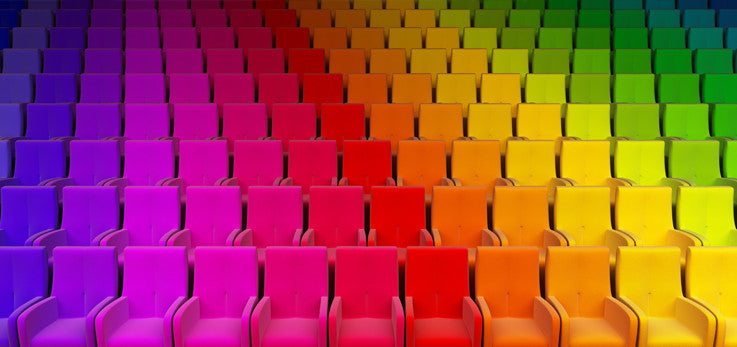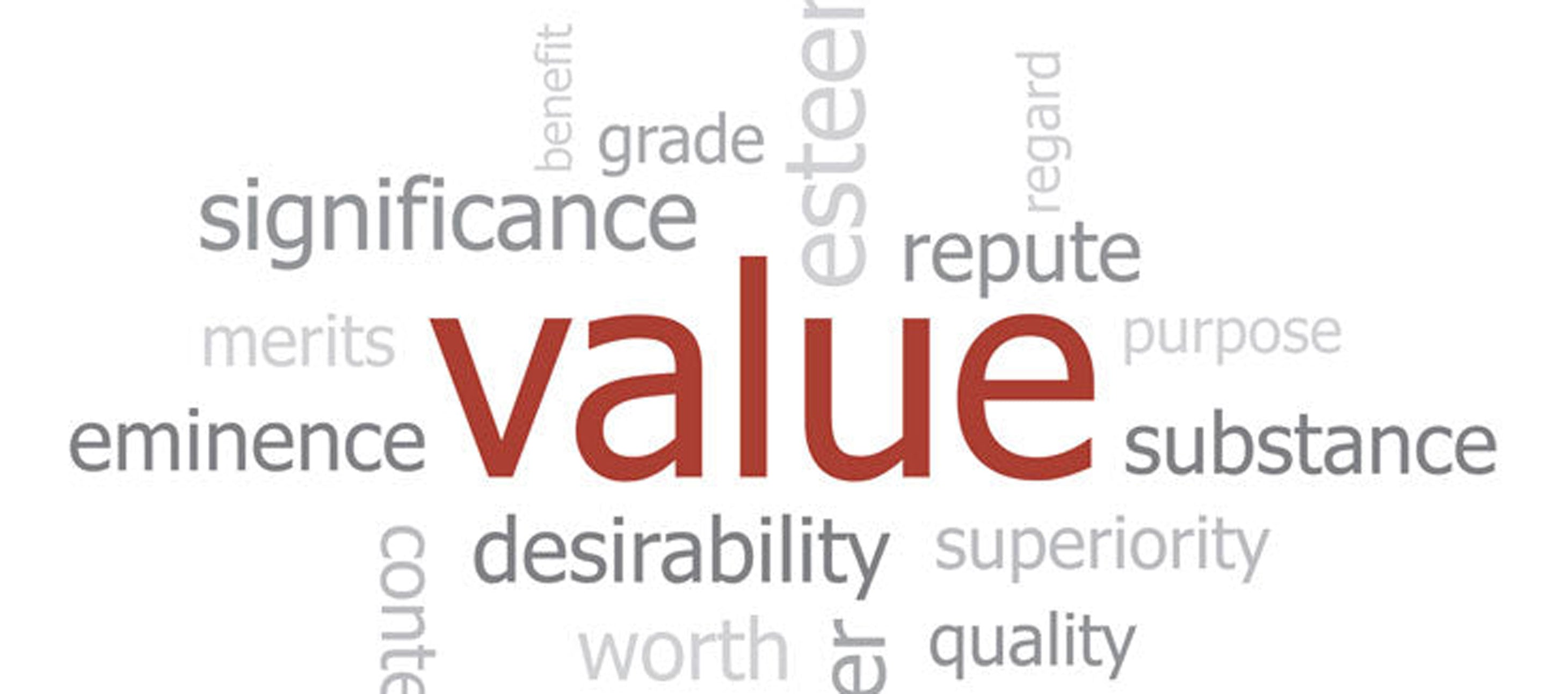
In design for print and digital media, it is an essential skill to know the difference between and when to use RGB and CMYK colours.
CMYK, which stands for Cyan, Yellow, Magenta and Key (Black) and as a guideline, is the default colour model when working with colour for print items such as leaflets, brochures and stationery (with the exception of spot colours, such as Pantones). RGB on the other hand stands for Red, Green and Blue is the typical colour model commonly used for electronic communications such as websites and television screens, although can now be found in modern digital printers.
RGB is an additive colour model and works by blending varying amounts of red, green or blue light to create the image that you would see on the screen of an electronic device. These colour channels are blended in channels with values of 0 to 255, When all values are set to 255 this will produce a white light, and conversely when all the values are set to 0 you will see black. If you look closely at television or computer monitor, you may notice small pixels of colour that are either red, green or blue, and when light is projected through them, they are blended to create the desired colours.
CMYK on the other hand is subtractive colour model that uses a combination of values ranging from 0 to 100 of cyan, magenta, yellow and black. These are printed in layers of halftone dots that create the illusion of different colours. Each layer, when added, subtracts (absorbs) the varying amounts of light that can be reflected.
It is important to design using the correct colour space, as CMYK and RGB colours render differently depending on which medium they are being used for and can appear different to expectations. The main reason for that is the RGB colour space is much larger than that of CMYK. In fact, there are about 1 million more colours than what can be achieved when printing using traditional CMYK. This is most evident, when clients often note that the colours on screen (which uses RGB) can be vastly different to their printed designs.
The CMYK printing process involves mixing layers inks to create a limited range of colours, which is often prone to inconsistencies - so much so that if you sent a document to five different professional printers, the likelihood of visual colour discrepancies is high. In order to manage these issues, there are a number of colour libraries that have been developed (such as Pantone) that provide standardised colours when designing for print. These libraries are at times referred to as spot colours and are used when critical colour reproduction is required.
This article touches on the main colour models and practices that are most commonly used. If you have any questions about this article, then please don’t hesitate in contacting us on info@bluehorizonsmarketing.co.uk, we will be pleased to help.


